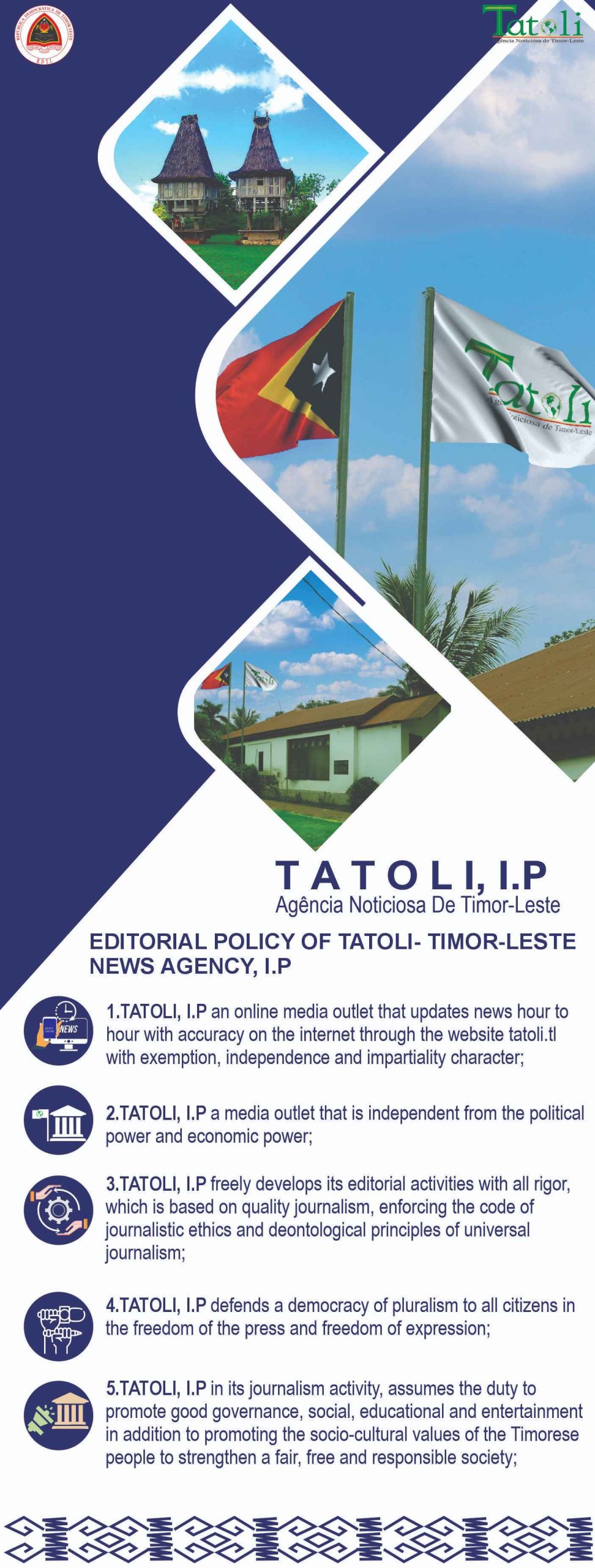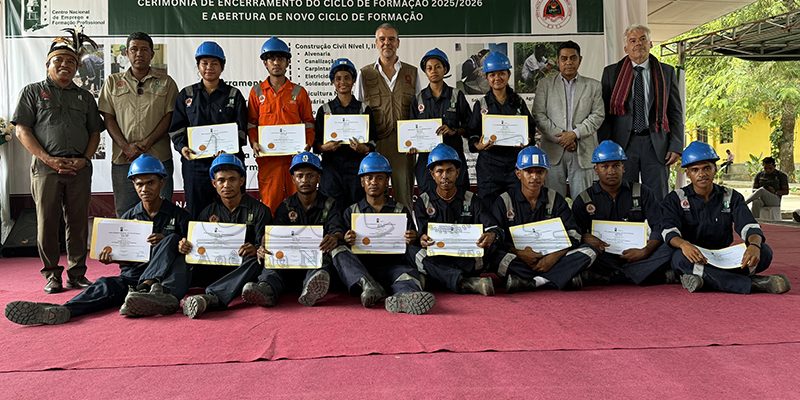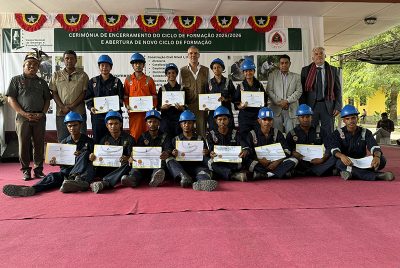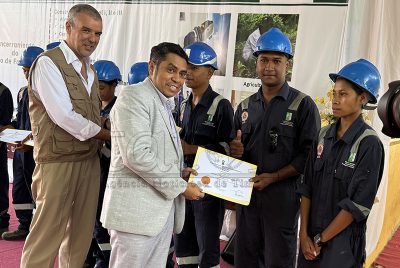DILI, 14 November 2025 (TATOLI) – After two weeks of field visits to health facilities across multiple municipalities, an eight-member TB–HIV Joint Monitoring Mission (JMM) presented its findings to the Ministry of Health during a debriefing on Friday. The findings will help shape strategies to end tuberculosis and HIV as public health threats in Timor-Leste.
Held every three years by the Ministry of Health, with technical support from the World Health Organization (WHO), the JMM assesses how national policies are being implemented on the ground and recommends steps to strengthen services.
During the visit, the expert mission—comprising members from across the world—observed service delivery, checked whether national guidelines and protocols were being followed consistently, and spoke with health workers, community leaders, key populations, people affected by TB, and people living with HIV. The mission also engaged with key HIV care partners such as Estrela+, the Key Population Association, Maluk Timor, and Drop-in Centres, as well as TB care partners including Bairo Pite Clinic, Klibur Domin, and Hamnasa.
In Dili, the team visited the National Health Laboratory and HNGV, and met with monitoring focal points of the TB and HIV programmes. Outside Dili, they visited community health centres, laboratories, and drop-in centres across Baucau, Aileu, Ainaro, and Suai in Covalima.
Dr. Arvind Mathur, WHO Representative in Timor-Leste, said the JMM is a crucial exercise because its findings will be translated into concrete actions feeding into the End TB Strategy 2026–2030 and Timor-Leste’s next Global Fund proposal for TB and malaria. “This mission, and the discussions today, are essential to align our plans, resources and partnerships for the next phase,” he said.
“With strong WHO support and national and international experts, we have reviewed our progress and clearly seen the gaps. If we act on these recommendations, more patients will be diagnosed early, families will be protected from catastrophic health costs, and we will move faster towards eliminating TB in line with the Sustainable Development Goals,” said Dr. Florindo Pinto Gonzaga, National Director of Disease Prevention and Control.
The mission was led by a distinguished group of experts, including Dr. Nicole Seguy (WHO Team Lead for HIV, STI and Hepatitis), Dr. Rajat Adhikary (WHO India), Dr. Sarabjit Singh Chadha (FIND), Dr. Manoj Toshniwal (independent TB expert), Dr. Arax (WHO Regional Office for Europe), Dr. Vineet Bhatia (WHO SEARO), and Dr. Siva Kumar Shanmugam and Dr. Malaisamy Muniyandi from the WHO Collaborating Centre, India.
The mission identified both key challenges and significant improvements. New HIV infections are rising, with a concentrated epidemic among key populations and increasing prevalence among men who have sex with men. Hepatitis B remains prevalent in the general population, and syphilis rates remain high among sex workers.
At the same time, there has been progress. Antiretroviral therapy (ART) has been decentralised to improve access; most adults on ART have transitioned to a one-pill-a-day regimen; TB GeneXpert machines are now available across all municipalities; and syphilis testing has been strengthened.
Experts recommended targeted interventions to reach “hidden” MSM through virtual networks, closing funding gaps, and stronger collaboration between institutions to ensure consistent HIV messaging.
While the TB burden remains high, with an estimated 496 cases per 100,000 population, the absolute number of drug-resistant TB cases remains low. The treatment success rate stands at 93%, and care is increasingly people-centred. The mission noted a strong rationale for expanding active case finding and recommended more sustainable domestic financing for the TB response.
Journalist: Camilio de Sousa
Editor: Filomeno Martins

















